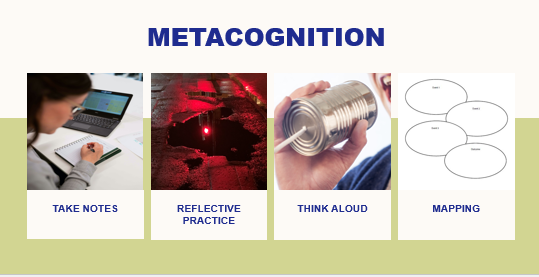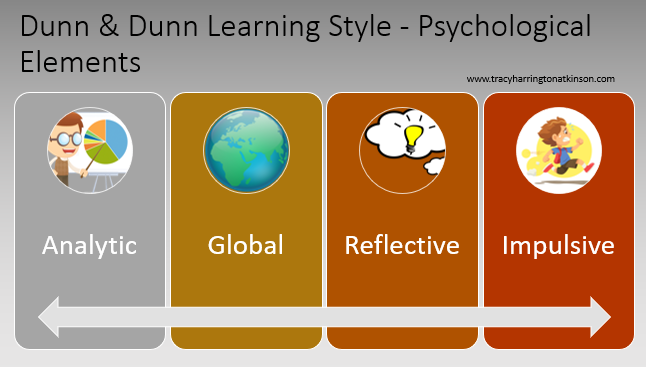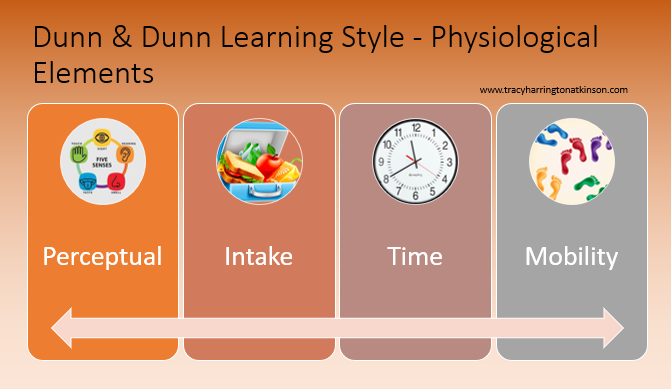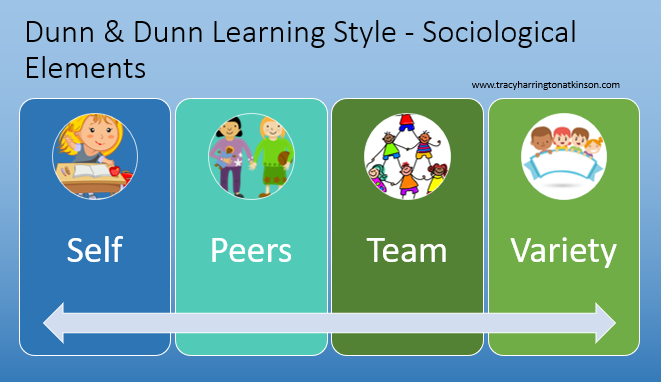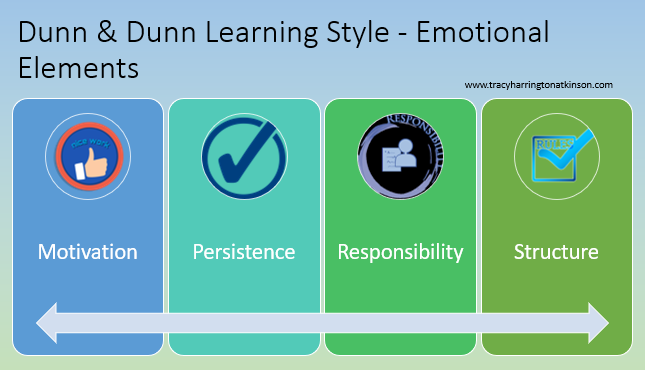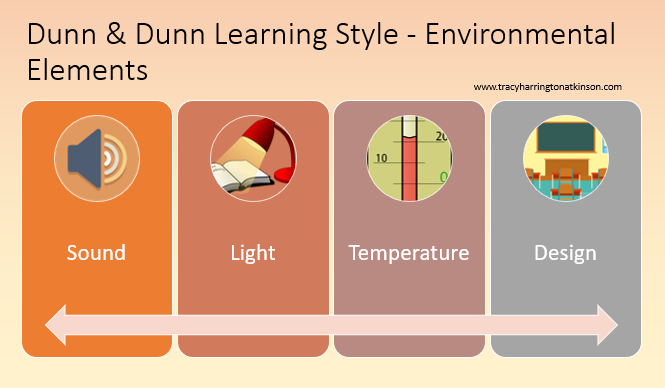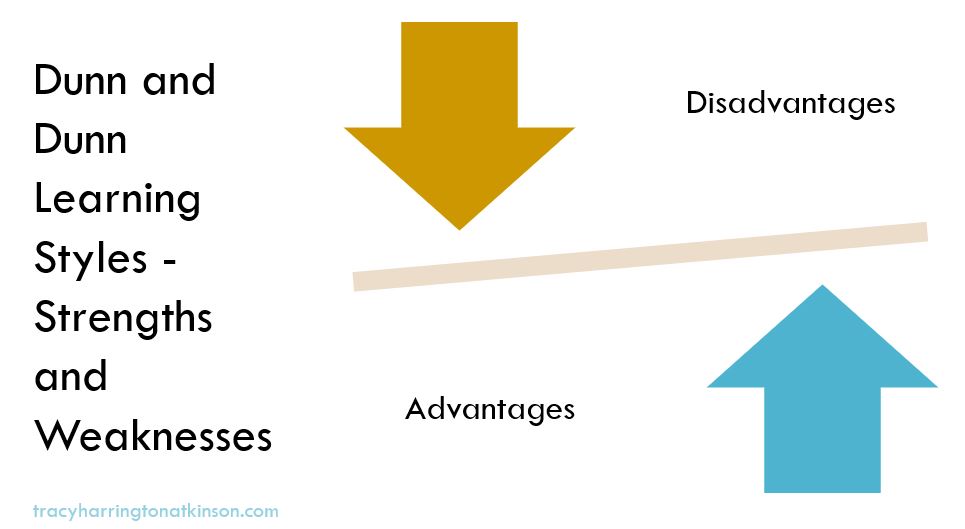The Dunn and Dunn Learning Style Model is based on the idea that individuals have different […]
Metacognition is simply stated as an awareness of how one thinks, or the ability to understand one’s thought processes. Basically, it is a self-awareness, being perceptive of one’s thinking processes.
How the learner processes and responds to information and ideas is related to the psychological influences. Are they detail oriented? Global oriented? Reflective?
Physiological concerns how the student physically engages their learning environment. What are their perceptual preferences (visual, audio, kinesthetic, read/write)? What time of the day are they most effective as learners? Do they need to be moving to learn? Hands-on learner? Or maybe they are a passive learner who simply prefers to observe.
Sociological influences impact the social preferences of the learning environment. Is the student an independent or social learner? Do they prefer to learn in pairs with peers or even in small groups? Students may even enjoy working in a variety of these options.
Emotional attributes are related to the motivation, persistence and even the responsibility of the student. Is the student willing to conform to the learning task or more associated with non-conformity? What about patience and structure?
Dunn & Dunn Learning Style - Environmental Elements looks at four stimuli: sound, light, temperature and design.
Investigate advantages and disadvantages for the Dunn and Dunn learning style and strengths and weaknesses for learning theories.
